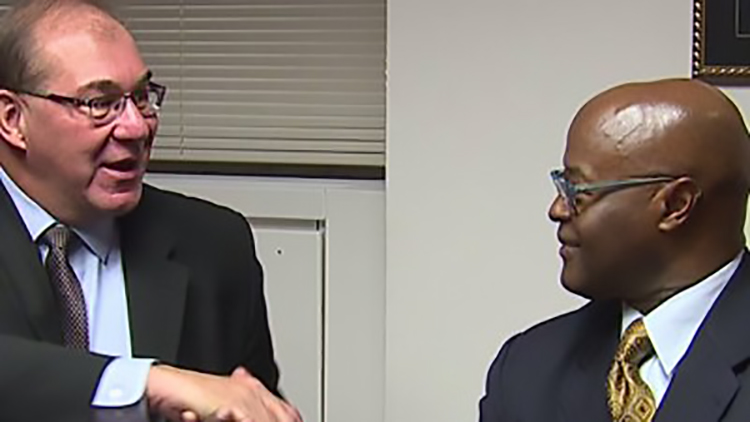By Robert Miranda
The water systems of the United States face an eminence hurdle, which many agree is daunting and many others believe must be dealt with immediately; and that is removing lead service lines supplying older homes with water.
In Milwaukee, that’s 70,000 homes in which families face toxic danger everyday from drinking water contaminated by leaching lead.
In the 12th Aldermanic District, that’s over 5,500 homes with lead pipes feeding water into households not thinking about how safe their water is.
Even at small doses, lead poses a health threat, especially for pregnant women and young children. Lead can damage growing brains and cause reduced IQs, attention disorders and other problem behaviors. Infants fed formula made with contaminated tap water face significant risk. Adults are not immune, with evidence linking lead exposure to kidney problems, high blood pressure and increased risks of cardiovascular deaths. The EPA stresses there is no safe level of lead exposure.
This week, the Freshwater for Life Action Coalition (FLAC) met with Ghassan A. Korban – Commissioner of the Department of Public Works; Bevan Baker – Commissioner of Department of Health and Carrie Lewis – Superintendent of Milwaukee Water.
Discussion at the meeting centered on the construction project on south 13th street, and it’s affects on disturbing lead services lines beneath the ground connecting those lines to the city water mains.
“The dangers of lead can not be ignored. Our children must be protected from this health risk. These lead service lines must be removed because they are dangerous”, said Laura Manriquez during the meeting with city officials.
After months of organizing, FLAC has been able to get city authorities to sit at the table to agree to establish a task force addressing the removal of lead service lines, in addition to announcing a significant awareness campaign drawing attention to these toxic pipes, the city will have city representatives visiting homes handing out pamphlets to families teaching them to practice safe water management and menace of lead.
As the community information campaign is in full swing, efforts will be made to create strategic funding and pipe removal plans through a task force being created by the Milwaukee Common Council.
Robert Miranda, spokesman for FLAC indicated that initially on south 13th street “proper selection of sampling sites, sampling protocol, and other site conditions were not being done,” Miranda said. Taking into account all proper protocols is critical for evaluating the amount of lead spiking in the distribution system of the home,” Miranda continued.
During the meeting, Ghassan A. Korban, Commissioner of the Department of Public Works, ensured to the group that all testing protocols are currently being followed and more testing samples of water will be collected from 13th street.
Studies have shown that lead pipes carrying water into homes can be shaken or damaged by nearby construction work. This disturbance can cause the lead lining of the pipes to leech into the water, causing dangerous contamination.
An Environmental Protection Agency report from 2013 identified the problem in Chicago, warning that the city’s construction projects could pose health risks from toxic metal poisoning. A class action lawsuit has since been filed against the city because officials have questioned the EPA’s findings, claiming that Chicago’s water is completely safe from lead contamination.





